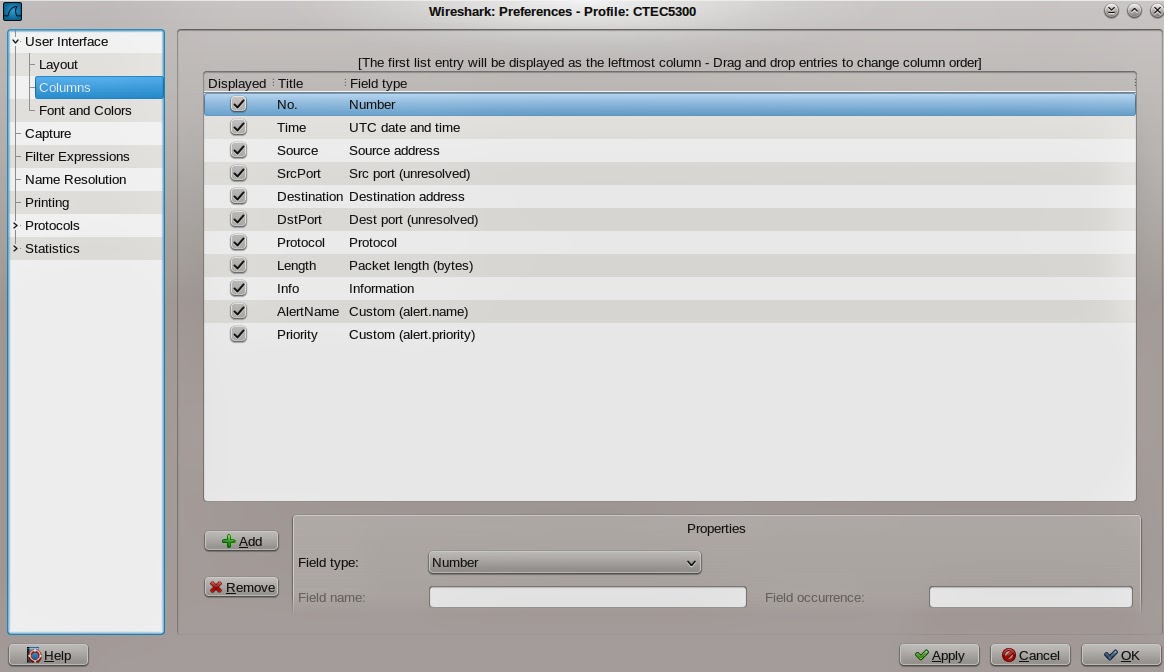

IIRC it is designed like this to make it harder for attackers to spoof session termination packets. *Redirecting the requests to that Host name stated above will not solve the problem since I don't see (wireshark on interface with connection to the internet) any packets leaving burp in order to redirect them. You will see alerts as a notification that the encrypted session is going to be terminated after the data exchange was complete, which is perfectly normal. *The certificate presented by Burp is the right one, since I can get the host name from the original certificate of the handshake without using the proxy.

This behaviour indicates an SNI error, and it is to be expected, since Burp cannot forward a request since it has no knowledge of the destination host name. There is no server_name extension on the CLient Hello message, and after the handshake is done, Burp asks Hello Request again and I see two encrypted alert messages back-to-back starting from the remote box, and two FIN packets terminating the handshake. The remote box contacts multiple domains, TLSv1 communications is successfully decrypted, but there is one connection with TLSv1.2 that Burp proxy fails to handle.Īfter a lot of testing I found the root of the problem. Connecting the remote box to an Access Point where Burp is running and redirecting the traffic with iptables (or with configurations of the /hosts file) to the IP/Port Burp is listening. Thanks.I am using Burp as an invisible proxy to intercept all the traffic from a remote box, I have root privileges on the remote box and I have installed the correct certificate in it. Please let me know if you can help or if more info would be helpful. These errors are sporadic but frequent enough where they are giving us some real problems with our application. However, we are often able to successfully make a call to this endpoint. The endpoint we are seeing the error with is most often: So it seems like some type of handshake problem. In the rest of the trace, we normally see a “Change Cipher Spec, Encrypted Handshake Message” packet following that. This packet is right after a “Client Key Exchange, Change Cipher Spec, Encrypted Handshake Message” packet. We did some monitoring with Wireshark and found the following TLSv1.2 packet info:Īlert (Level: Fatal, Description: Bad Record MAC) The request was aborted: Could not create SSL/TLS secure channel. Intermittently (but frequently) we are getting connection errors. The application can connect and normally makes some successful calls, downloading first a list of users and then recordings and meeting details. Unless you have supplied sufficient keying material to allow Wireshark to decrypt the alert, thats all Wireshark can report. But the real reason is send via the TLS Alert protocol Share Improve this answer Follow answered at 5:47 Mircea Vutcovici 17. This means that the certificate is not trusted, or invalid.
Wireshark encrypted alert windows#
NET client running in Windows Server 2012 R2. What are you expecting to see Type 21 is the TLS record type for an Alert Message which is always encrypted. The most important packet is the 'Encrypted Alert' as it contains the reason why the connection is closed.

We are having some SSL/TLS errors on production servers with our application that uses the Zoom API.


 0 kommentar(er)
0 kommentar(er)
